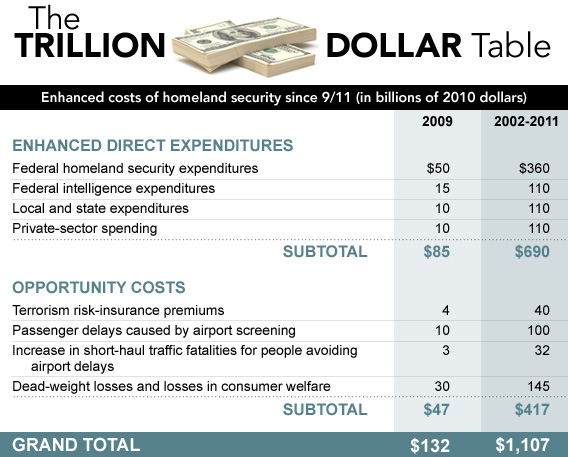IN our society, cars receive considerable attention and study... But we haven’t devoted nearly enough thought to how cars are usually deployed — namely, by sitting in parking spaces.That's right, a 733-page $60 book solely about parking policy! There are two problems:
Is this a serious economic issue? In fact, it’s a classic tale of how subsidies, use restrictions, and price controls can steer an economy in wrong directions. Car owners may not want to hear this, but we have way too much free parking.
Higher charges for parking spaces would limit our trips by car. That would cut emissions, alleviate congestion and, as a side effect, improve land use. Donald C. Shoup, professor of urban planning at the University of California, Los Angeles, has made this idea a cause, as presented in his 733-page book, “The High Cost of Free Parking.”
1. Governments force store owners, and real estate developers to build more parking than they want to build. Businesspeople should be able to estimate the supply and demand for parking better than bureaucrats. This causes surplus parking and wasted resources.
2. Governments provide Soviet-style parking at great taxpayer expense (or via expensive regulations) and price it too low which causes parking shortages and wasted resources looking for cheap, subsidized parking.
The subsidies are largely invisible to drivers who park their cars — and thus free or cheap parking spaces feel like natural outcomes of the market, or perhaps even an entitlement. Yet the law is allocating this land rather than letting market prices adjudicate whether we need more parking, and whether that parking should be free. We end up overusing land for cars — and overusing cars too. You don’t have to hate sprawl, or automobiles, to want to stop subsidizing that way of life.LA Times talks about how LA's fabulous Disney Concert Hall set its busy concert schedule:
As Professor Shoup wrote, “Minimum parking requirements act like a fertility drug for cars.”
Under a more sensible policy, a parking space that is currently free could cost at least $100 a month — and maybe much more — in many American cities and suburbs. At the bottom end of that estimate, if a commuter drives to work 20 days a month, current parking policy offers a subsidy of $5 a day — which is more than the gas and wear-and-tear costs of many round-trip commutes. In essence, the parking subsidy outweighs many of the other costs of driving, including the gasoline tax.
In densely populated cities like New York, people are accustomed to paying high prices for parking, which has helped to encourage a relatively efficient, high-density use of space. Yet even New York is reluctant to enact the full social cost of the automobile into policy. Proposals to impose congestion fees have failed politically, and on-street parking is priced artificially low.
Manhattan streets are full of cars cruising around, looking for cheaper on-street parking, rather than pulling into a lot. The waste includes drivers’ lost time and the costs of running those engines. ...
Many parking spaces are extremely valuable, even if that’s not reflected in current market prices. In fact, Professor Shoup estimates that many American parking spaces have a higher economic value than the cars sitting in them. For instance, after including construction and land costs, he measures the value of a Los Angeles parking space at over $31,000 — much more than the worth of many cars, especially when considering their rapid depreciation. If we don’t give away cars, why give away parking spaces?
Yet 99 percent of all automobile trips in the United States end in a free parking space, rather than a parking space with a market price. In his book, Professor Shoup estimated that the value of the free-parking subsidy to cars was at least $127 billion in 2002, and possibly much more. ...As Professor Shoup puts it: “Who pays for free parking? Everyone but the motorist.”
Anyone scanning Disney Hall’s debut calendar in the fall of 2003 would have noticed the size of that first season’s schedule, 128 shows in all. That’s a weighty number for a new hall—one might have assumed it was chosen by venue management wanting the gravitas of a world-class chamber’s arrival or perhaps seeking a broad spectrum of music that could reflect the diverse city. Those guesses would have been wrong. Disney Hall had been built atop Parcel K, a county-owned square of land... Yet before an auditorium could be raised on K, a six-floor subterranean garage capable of holding 2,188 cars needed to be sunk below it at a cost of $110 million—money raised from county bonds. Parking spaces can be amazingly expensive to fabricate. In aboveground structures they cost as much as $40,000 apiece. Belowground, all that excavating and shoring may run a developer $140,000 per space. The debt on Disney Hall’s garage would have to be paid off for decades to come, and as it turned out, a minimum schedule of 128 annual shows would be enough to cover the bill. The figure “128” was even written into the L.A. Philharmonic’s lease. In 2003, Esa-Pekka Salonen opened Frank Gehry’s masterpiece to a packed house with Mahler’s Resurrection, and in the years since, concertgoers—who lay out $9 to enter the garage—have steadily funded performances that exist to cover the true price of their parking. ...“L.A.,” says Shoup, “required 50 times more parking under Disney Hall than San Francisco would allow at their own hall.” Downtown already had an oversupply of garages and lots where music fans could leave their cars. “After a concert in San Francisco,” says Shoup, “the streets are full of people walking to their cars, eating in restaurants, stopping into bars and bookstores. In L.A.? The bar next door at Patina is a ghost town.” Receipts that should have gone to the philharmonic’s endowment instead are funding enough parking for nearly every ticket holder to park a car every night downtown.

